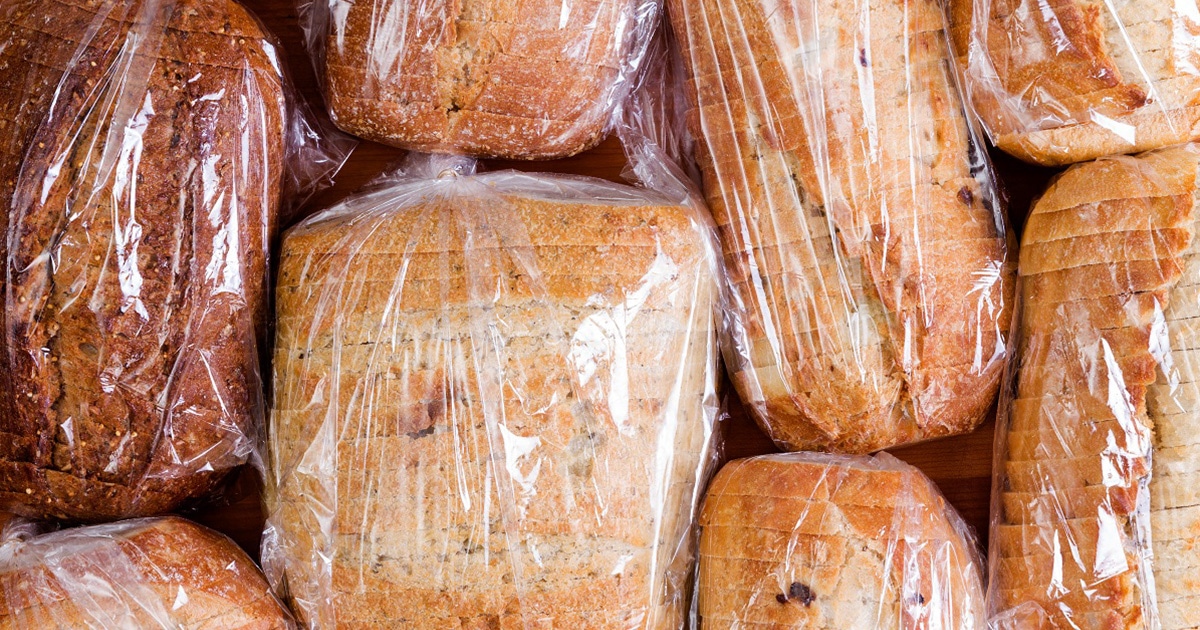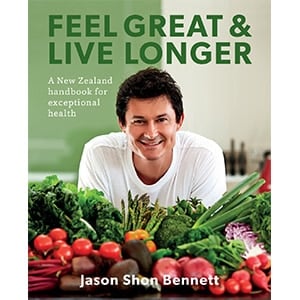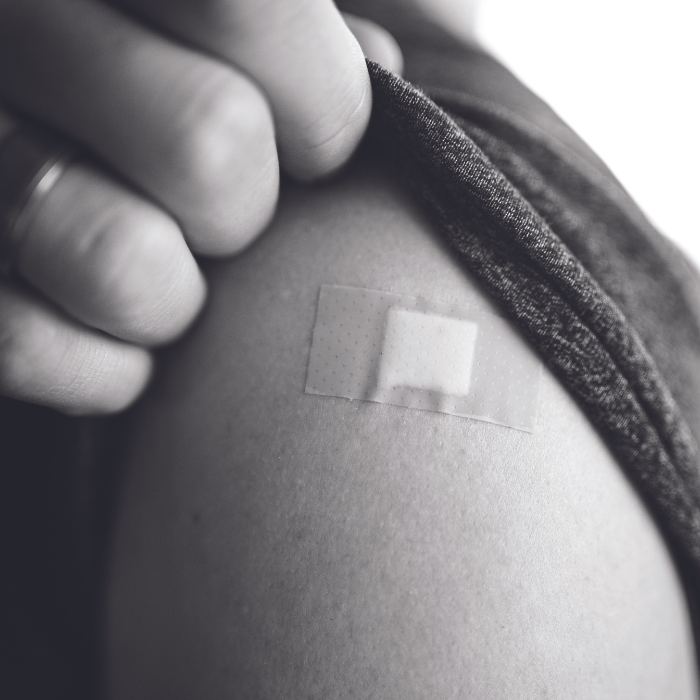
Edited and extracted with permission from Feel Great & Live Longer: A New Zealand Handbook for Excceptional Health, by Jason Shon Bennett.
1. Brown rice versus white rice
By refining healthy brown rice into polished white rice, the high levels of B vitamins and antioxidant minerals are lost, and so is the only soluble fibre, as it is in the outer bran. Brown rice is a superfood that has sustained millions of people in great health for many years. White polished rice is nutrient-void, rancidic starch, fat food. Avoid it.
2. Whole wheat flour versus white flour
Wheat is not the problem, it is what we do with the wheat. Wholegrain wheat can be grown into one of the world’s most powerful foods (wheatgrass) or it can be milled to make rancid white flour. Most modern processed flours are made into breads, cakes or pastries with added white sugar, preservatives, additives, trans-fats and saturated fats. So not only do we take out the good nutrition and fibre, but we then add insult to injury by adding anti-nutrient, constipating sludge! This then sits and rots in the intestines. Wallpaper for breakfast? Wallpaper paste is made from white flour and water. When you eat white flour products with cheese (for example, hamburgers, pizza, pastries, cheese breads and biscuits) you are actually eating wallpaper paste and glue. It kills your intestinal bacteria and then your immune system; eaten on a regular basis it constipates you and clogs your liver and gall bladder, and it dramatically ages your skin.
3. Rolled oats versus extruded breakfast cereals
Jumbo rolled oats are the best easy-to-make wholegrain cereal you can buy. They are rolled from the whole kernel, whereas instant oats have the kernel removed before slicing and chopping. Jumbo rolled oats are the only cereal that has only one ingredient on the packet – and the only cereal that isn’t advertised on television. Our kids soak jumbo rolled oats and then eat them raw. This way they get living digestive enzymes, prebiotics, full-fibre, complex carbohydrates, essential fatty acids and plantioxidants, and it is predigested, easy-to-absorb and super-nutritious. They love it. They sometimes add a touch of salt or a chopped-up banana. If oats do not agree with you, there are many other easy healthy options, such as hulled millet, quinoa flakes and wholegrain rice cereals. I soak raw muesli and have it for breakfast. My basic muesli recipe is available to download on our website: jasonshonbennett.com.
Do not trust the marketing of breakfast cereals. It is full of dubious claims and outright lies about health and wellbeing. The cereal industry thrives on convenience and marketing peer pressure (jungle cartoons?). They know all it takes is a chair, a bowl, some sugar and some milk, and the first meal of the day is ‘sorted’ for many stressed parents. Many cereals claim to be good for us, despite containing ten heaped spoonfuls of sugar per helping, no fibre, no nutrition at all, and unhealthy levels of fat and salt. The ‘puffed, snapped, crackled and popped’ breakfast cereals really means that the structure of grains has been altered and denatured. This production line (called extrusion) forces the grains through tiny holes at very high temperatures and pressure. The extrusion process disrupts and distorts the precisely folded proteins in the grains; it renders the food toxic to the nervous system and destroys the nutrients leaving acidic, anti-nutrient starch. Then white sugar, additives, chemicals and preservatives are added. And when we eat them we add reconstituted pasteurised cow’s milk and more white sugar. Extruded cereals are cheap, nasty and nutritionally empty and strip the body of nutrients. The sugar, high-fructose corn syrup, artificial flavouring and partially hydrogenated fat content make them deadly and addictive.
4. Authentic sourdough bread versus commercial white bread
The original bread-making process took 48 hours of slow, natural fermentation of small amounts of naturally occurring strains of yeast inside the wholegrains. This creates ‘good’ lactic acid bacteria, which unlock the nutrients in the wholegrains so they can be fully utilised by our bodies, strengthening and supporting our intestinal immune system. Fermentation means that the food proteins are modified for the better and the starches are changed to digestible sugars. Natural folate is one great example: if you ferment bread for six hours rather than zero hours the amount of folate doubles. Most Western societies have major issues with folate-depleted women, leading to conception and birthing issues.
5. Fresh potatoes versus French fries
Whole potatoes are a superfood high in fibre, vitamin C and potassium and contain a vast range of minerals, vitamins, plantioxidants and polyphenols. French fries or hot chips are peeled, cut, blanched, dried, drenched in sodium, mixed with additives and preservatives, starch-coated, dipped in dubious fats and then pre-fried in cheap oil. They are deep-fried again before being served with more added salt and processed sauce, which is made of white flour, white sugar and synthetic additives. French fries, pre-made and then deep-fried, are one of the worst kinds of refined processed carbohydrate there is, particularly when eaten with processed meat.
Read ingredients panels (RIP) or rest in peace
Be fully aware of exactly what you are eating because if you are not aware, you will end up eating a meat-heavy, sugar-rich, highly-processed and low-fibre refined diet by default.
Now we are more awake to our foods, habits and body, we are ready to rebuild our health. We are educated on how to shop and buy foods and what to avoid. Now we are able to look at the biggest and most important things we can do to eat well, get well and stay well.
Edited and extracted with permission from Feel Great & Live Longer: A New Zealand Handbook for Excceptional Health, by Jason Shon Bennett (Potton & Burton $39.99).








